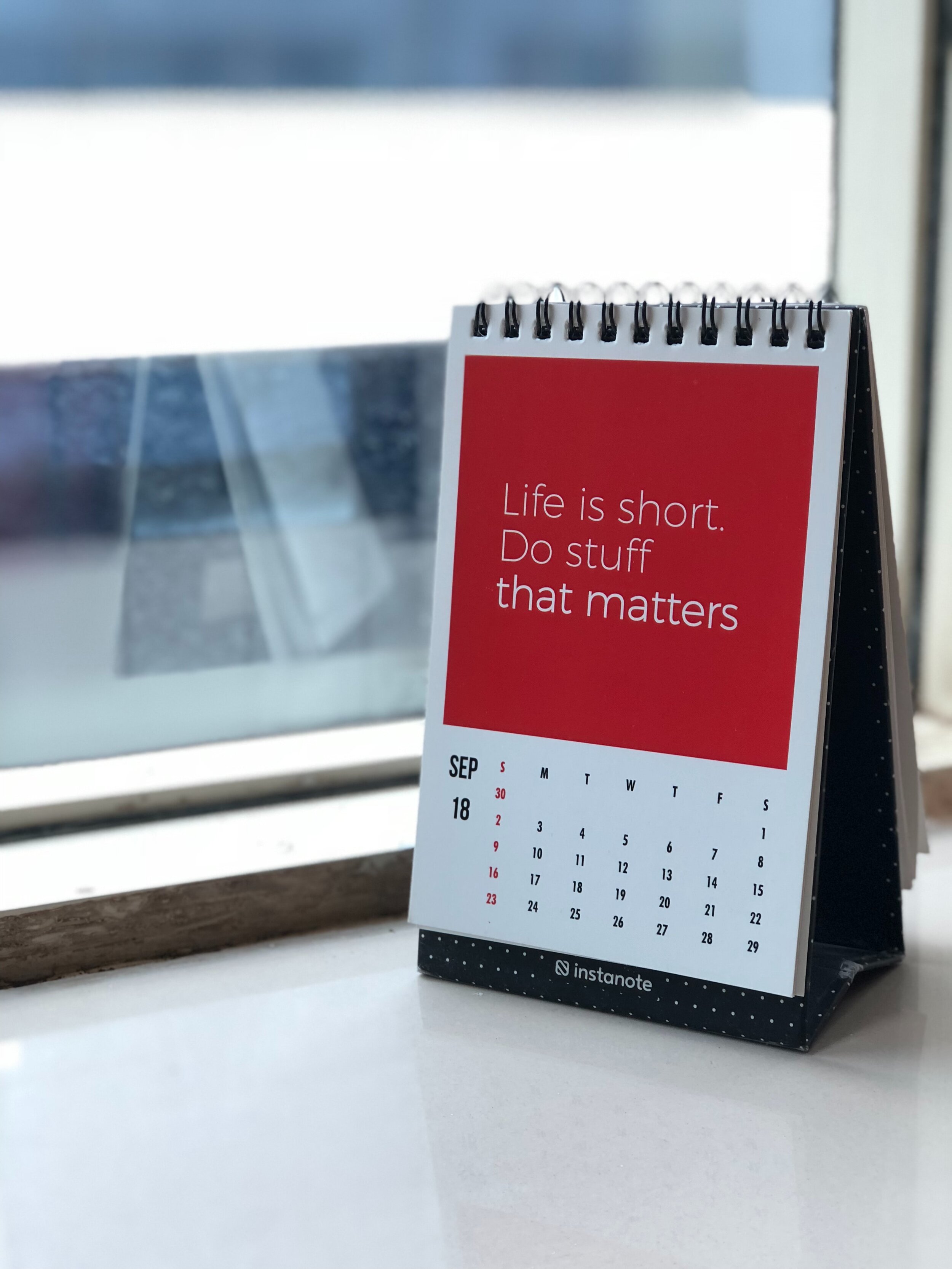Mental Wellness Month: How Do We Define Wellness?
Jill Stoddard
By Annabelle Parr
According to the internet, January is Mental Wellness Month. Sounds like a good cause, right? Absolutely! But pausing to consider our definition of mental wellness is important. Because if you spend much time on the internet, it might have you believing that wellness and self-care are defined by bubble baths, weighted blankets, and being perpetually Zenned out. And bubble baths, weighted blankets, and being in touch with your inner Zen are great! But mental wellness and caring for ourselves are not quite that simple.
So from a therapeutic perspective, what exactly is mental wellness? If we define illness based on a list of symptoms, do we define wellness simply as a lack of said symptomology? Or does wellness have its own particular set of characteristics equally worth defining?
If illness is a sense of dis-ease, is wellness a perpetual state of ease?
Psychiatry and psychotherapy developed based on a model which was focused primarily on pathology and illness or “dis-ease.” Beginning with Sigmund Freud’s exploration of the unconscious mind and evolving toward a medical model of treatment centered around the Diagnostic and Statistical Manual of Mental Disorders (DSM), psychotherapy has historically been centered around identifying and diagnosing a problem and working to treat it. And of course, this is a worthy mission, but it is an incomplete picture of the larger whole of life. Life is not simply about absence of illness, dis-ease, or discomfort. It is about engaging in life in a way that brings us meaning, purpose, and hopefully some joy as well.
Wellness is not about the absence of discomfort, but rather the presence of meaning.
From an Acceptance and Commitment Therapy (ACT) perspective, mental wellness is defined by our ability to engage in life in ways that bring us a sense of meaning, purpose, and vitality. Mental wellness is characterized by our ability to, moment by moment, make choices and take action in the service of our personally chosen values. And this might be surprising, but it is actually deliberately NOT defined by a lack of painful emotions, such as anxiety, fear, worry, and stress. Not only are these feelings and experiences an unavoidable part of being human, but they are directly and inextricably linked to our values.
“We hurt where we care.”
Steven Hayes, one of the ACT co-founders, noted that we hurt where we care. As Dr. Jill Stoddard pointed out in her book, Be Mighty: A Woman’s Guide to Liberation from Anxiety, Worry & Stress Using Mindfulness & Acceptance, when we look at the things that keep us up at night, the ones that weigh heavy on our minds and hearts, they probably do not include the fate of Netflix. We might enjoy a good Netflix binge, but whether Netflix will continue to thrive is probably not on our list of worries. Instead, the things that we worry about tend to be the things that matter to us on a deep level, such as our family, friends, work, home, etc.
Pain and values are two sides of the same coin.
In other words, when we look closely, the emotional pain we experience tends to point directly to what’s important to us. If we want a life that is full of wellness – full of those things that truly matter to us, that bring us joy, connection, passion, and purpose – we have to be willing to risk having difficult and painful feelings. We cannot have one without the other because it wouldn’t hurt if we didn’t care and vice versa. When we try to rid ourselves of all painful feelings, we also restrict our ability to engage with the things that we really care about. As much as we might wish otherwise, we cannot have joy without also risking pain. As Brené Brown said so well, we cannot selectively numb emotion. When we are unwilling to have pain, we will also be less able to experience joy.
Our emotions are not problems to be solved; the problem is when our behavior prevents us from engaging in life in functional and fulfilling ways.
From a diagnostic perspective, it is not simply the presence of anxiety that warrants a diagnosis; rather it is the functional impairment that the anxiety creates that helps determine whether someone meets criteria for diagnosis. Said otherwise, a diagnosis includes consideration of whether your experience of your emotions, thoughts, and sensations causes you to limit your behavior such that your life is restricted in significant areas, like work, school, and relationships.
Wellness is about how we respond to pain when it shows up.
Therefore, wellness is not defined by the absence of stress, anxiety, grief, worry, anger, or frankly any other emotion. Instead it is all about how you are able to manage difficult thoughts, feelings, and experiences and still continue to engage in life in a way that is fulfilling, meaningful, and guided by what is important to you. And ACT, beyond emphasizing the importance of values-based actions, has plenty of wisdom regarding how to increase psychological flexibility such that you are able to respond more effectively when discomfort arises.
If you find that your thoughts and feelings are holding you back from living your life in the way that you might want, ACT can help. For some excellent resources, check out our suggested reading and our suggested podcasts. For professional support, an ACT therapist can help guide you on your journey.
CSAM IS HERE TO HELP
If you or someone you love needs support and might benefit from cognitive behavioral therapy (CBT) or acceptance and commitment therapy (ACT) for anxiety, panic, phobias, stress, PTSD, OCD, or insomnia, or if you would like more information about our therapy services, please contact us at (858) 354-4077 or at info@csamsandiego.com












